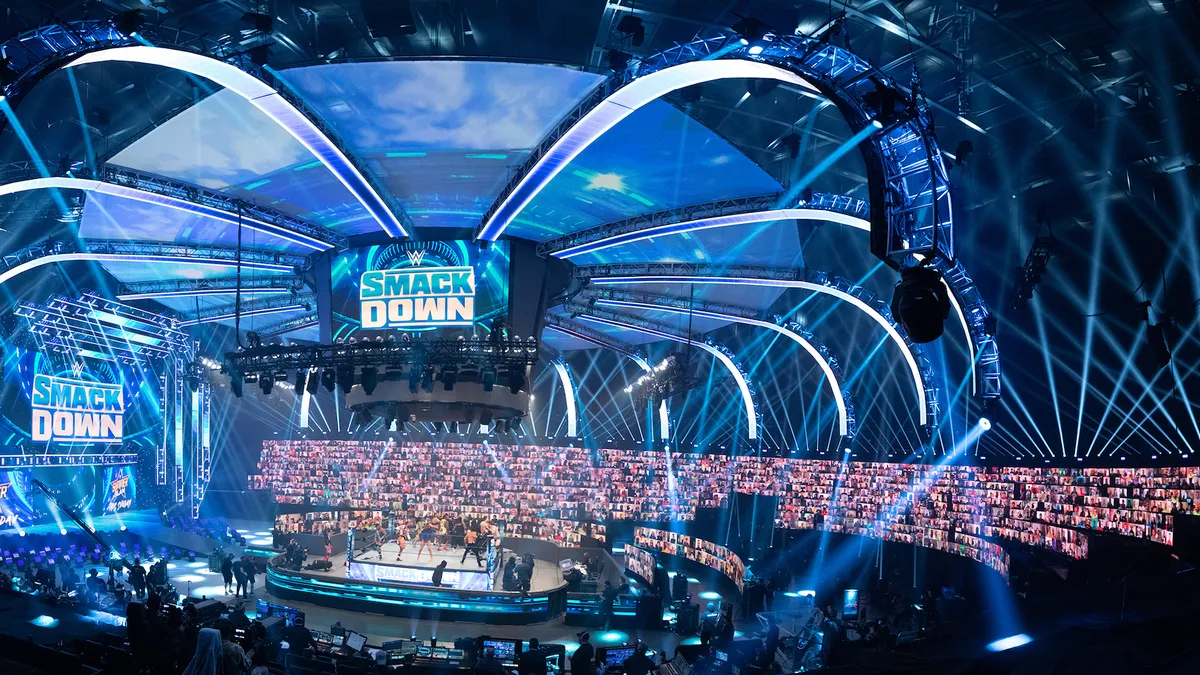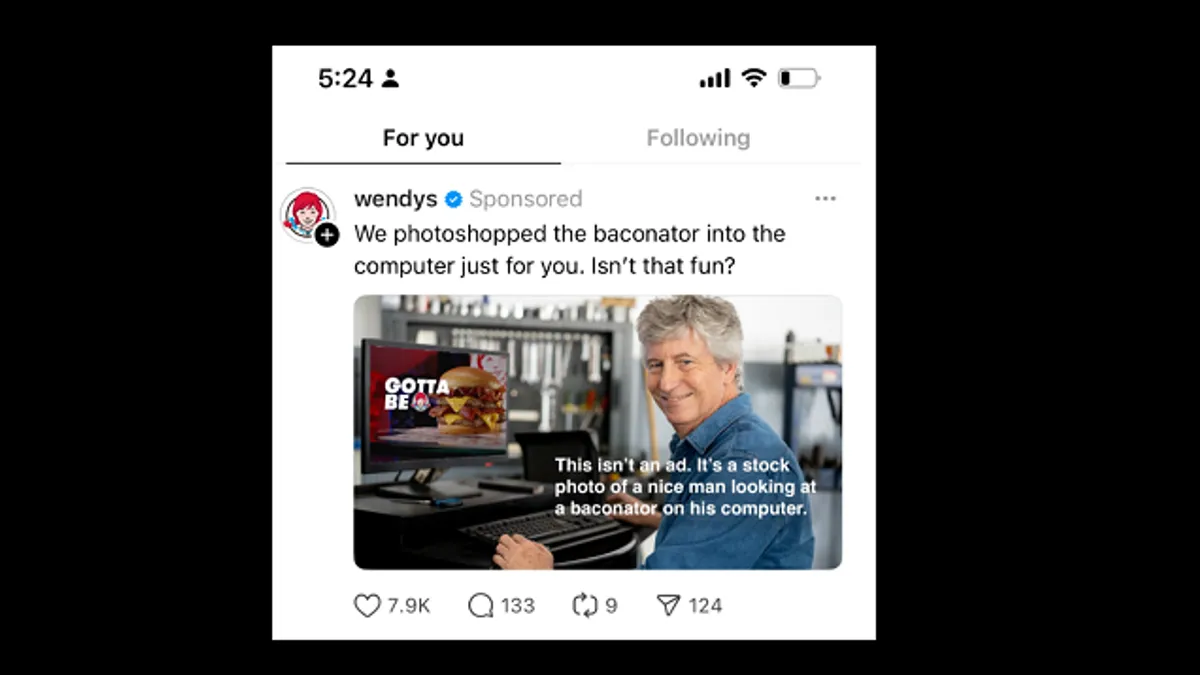Sports leagues have been at the forefront of meeting new consumer demands stemming from the coronavirus pandemic, a health crisis that has upended seasonal schedules and marketing plans since last March. This has often meant rolling out fresh forms of digital content on new platforms to engage fans who haven't been allowed at arenas and stadiums but are still seeking entertainment and connection with their favorite teams.
Three executives at major sports leagues detailed how their organizations have met the moment during a Tuesday session at the Consumer Electronics Show, which is all-virtual for the first time this year due to COVID-19.
"A crisis tends to accelerate and deepen issues that existed before the crisis, but it's also an opportunity to fix those weaknesses and to do some innovation," said Cathy Engelbert, commissioner of the WNBA.
Avoiding an 'existential' crisis in the WNBA
The WNBA had not begun its 2020 season when the pandemic hit, and forgoing the entire season would have been an "existential" issue for the league, Engelbert said. To head off the disruption, the league held its first virtual draft, which included augmented reality (AR) activations via Snapchat and Google lenses.
Those digital moves continued throughout the season via the WNBA app, which featured its first second-screen experience, dubbed Tap To Cheer, that helped the league reach the nearly 80% of 18- to 24-year-olds and 60% of 35- to 49-year-olds who use mobile devices while watching TV. With these developments, the WNBA saw an 85% year-over-year increase in average weekly app downloads, and had 140 million "taps" during the entire season.
The WNBA also had 90% of its games covered on national platforms — not just on networks ESPN and CBS, but via Facebook and Twitter, which aired 20 and 10 games, respectively. This led to a 68% lift in regular season average viewing. Plus, thanks to the crossover appeal of its signature orange hoodie, the league saw a 350% jump in merchandise sales. Engelbert attributed the WNBA's 2020 success to the activism of its players, 80% of whom are women of color.
"This was a way to engage fans and casual viewers on important issues in society that the country was going through this summer up through the election," she said.
The political activism helped the WNBA connect with what moderator Angela Ruggiero, co-founder and CEO of Sports Innovation Lab, called "fluid fans."
"These new age, fickle consumers ... follow their values. They're more likely to vote with their wallets and their time on brands and sports properties that align with who they are," Ruggiero said.
NHL connects with Gen Z, millennial fans
For the NHL, which had completed most of its regular season when it suspended play on March 12, giving younger fans what they want, how they want it and when they want it became even more crucial.
"We all have these all-access shows, which millennials and Gen Z's crave. Not only do they want to know what we're doing in the community, [but] are we embracing social justice and making a difference in people's lives — all things that are more important to them in how they consume sports... than prior generations," NHL commissioner Gary Bettman said.
Along with all-access programming, the NHL rolled out "tons of content on every platform imaginable," according to Bettman. The league also doubled down on data, rolling out its Puck and Player Tracking system that gives fans access to more information about gameplay. And as play resumed in the league's Toronto and Edmonton bubbles, the league added additional cameras and new camera angles that were possible due to the absence of fans in the stands.
WWE enters the Thunderdome
Perhaps no sports organization has turned the lack of in-game fans into an opportunity to debut new technology more than the WWE. After filming its marquee WrestleMania event at its Orlando training facility in March in front of no fans instead of the tens of thousands who planned to attend the event at Tampa's Raymond James Stadium, the WWE decided to pivot.
The company invested in new technology that turned Orlando's Amway Center into the "Thunderdome," virtually bringing 1,000 fans into the arena with a multilevel screen setup. Like the NHL and WNBA, the WWE experimented with AR, virtual reality (VR) and even drone cameras that would not be possible with fans in attendance.
Along with adjustments to its events, the WWE changed its content strategy across three areas it plays in: linear and pay TV via Fox and NBCU partnerships, AVOD content on YouTube (where it is the 5th most-viewed channel), and its over-the-top (OTT) WWE Network that launched in 2014.
It increased the content it created for Fox and NBCU, which needed to fill in airtime for sports that weren't airing. A change to its YouTube strategy — adding longer-form clips and more historical content — led to a 70% viewership jump on the platform. Similarly, more documentary content yielded a 55% increase in viewership on the WWE Network.
"This pandemic just sped up the transition to streaming and consumption behaviors really changing… and it encouraged us and showed us the necessity really to continue reaching our fans on all of those platforms, because that's where they are," said WWE Chief Brand Officer Stephanie McMahon.
"You have to be able to adjust on the fly… in order to survive in business, in general, but in times like these, that flexibility is really critical," she said.























